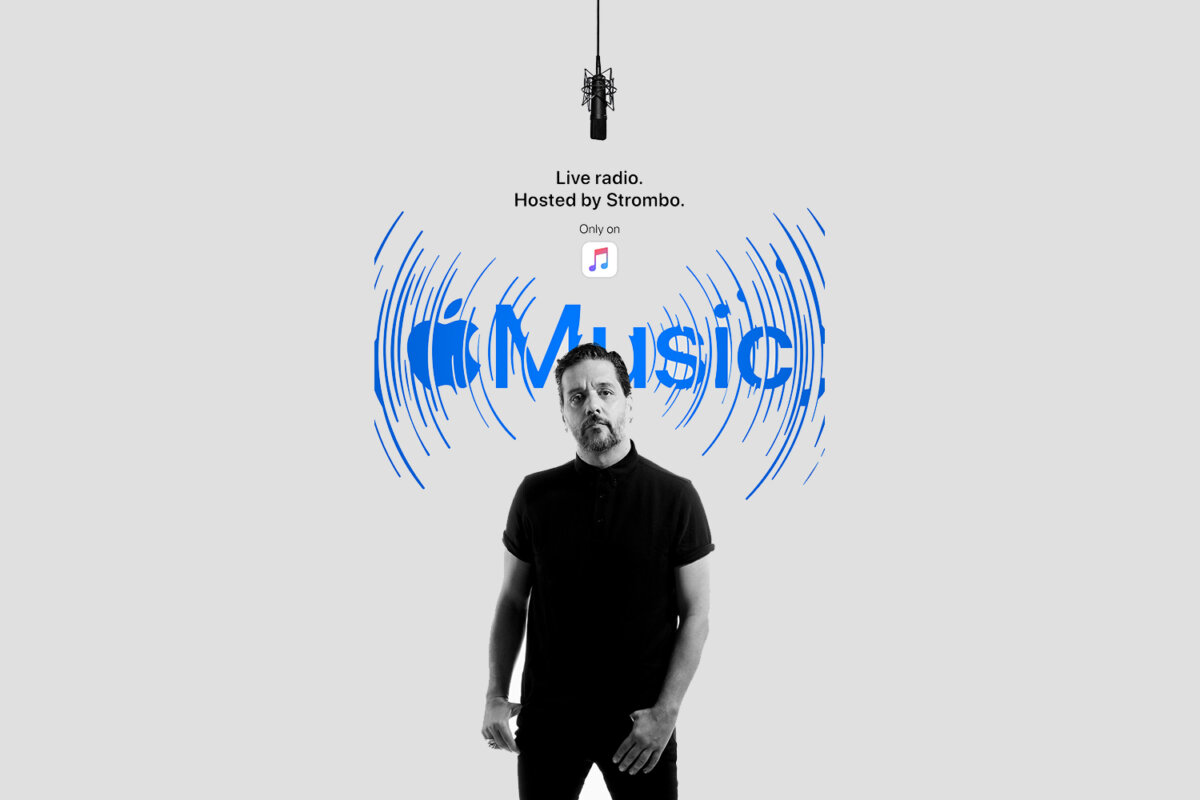
Q&A: George Stroumboulopoulos on nostalgia, Metallica, and his new show, STROMBO
George Stroumboulopoulos – or “Strombo” – has a fresh new radio gig.
A familiar face in Canadian media for decades, Strombo now brings nostalgic music and meaningful conversations live Monday through Thursday with STROMBO on Apple Music Radio.
STROMBO airs on Apple Music Hits, a station that celebrates beloved music of the 80s, 90s, and 2000s. One of two new global radio stations from Apple Music Radio, it launched in August on Apple’s newly renamed Apple Music 1 (formerly Beats 1).
As an indication of the type of content in store, Strombo welcomed rapper LL COOL J, who paid tribute to Chadwick Boseman in a moving episode. Another episode explored the music, evolution, and politics of Green Day.
We connected with Strombo to talk about his new show, nostalgia, and the changing media landscape.
What can we expect from STROMBO?
It’s an extension of what I’ve always done and always cared about, which is trying to play the best records for people in the best order. It feels really natural. What’s interesting about this experience is it’s available in 164 countries, which gives me an opportunity to draw from a lot of different places, and bands already working within the Apple Music world. It’s going to take what we’ve got and amplify it in a pretty big and exciting way. The music that we’re playing is just really fun; you’ll hear everything from Fat Joe, and the White Stripes, to Missy Elliott, Sum 41, White Zombie, and Metallica. The early feedback is that people love the range. We play hip-hop, R&B, dance, electronica, heavy music, rock, and punk. If you don’t just like one genre, we’re a pretty good stop for you.
Who are your favourite artists from the 80s-2000s?
Public Enemy, Beastie Boys, Slayer, White Zombie, White Stripes, Missy Elliot, Lauryn Hill, Against the Pulp, Radiohead, Arcade Fire, Broken Social Scene, The Verve…That’s the thing that’s kind of worked out; my musical brain and tastes are really wide and diversified, and I get to dive into all of that with this show. There’s a discovery element to it too, and the artists really mean something to me. It’s more than just the music—it’s culture. It’s about keeping people company and connecting people. In radio in the 70s and 80s, or 90s – when I was on air – a lot of these very big artists were fighting for more a more equally better world. I can put Public Enemy on the air now, and that’s not the first time I’ve done so in my life, right? You can dissect those lyrics, and James Brown lyrics, and talk about what’s happening in the world today; it all connects. It’s about songs and artists who are driving the human conversation forward.
It’s an extension of what I’ve always done and always cared about, which is trying to play the best records for people in the best order.

Images courtesy of Apple
If you could go back in time to one concert, which would it be?
When I was a teenager, I went to a sold-out show at Maple Leaf Gardens to watch Metallica play. At that point, they had not had a song on the radio, had never shot a video, hadn’t done any mainstream press, and this was way before the Internet was a thing. Metallica was selling out stadiums and arenas around the world—they were a truly global brand—and they did it all through the power of the band, on their own terms. No band in history had done that; not a rapper, rock star, pop star. Nobody has blown up just by word of mouth like Metallica. I remember being a teenager at that Metallica show and it was insane; it was so rough, it was so heavy, and you looked around and could feel the electricity of that community. A lot of artists can do this, but with the help of the media, technology, and a more mainstream approach. Metallica didn’t need that.
What do you miss about traditional radio and that pre-digital era?
I started in pirate radio and throughout my whole career, I’ve always felt like I was doing pirate radio, no matter where I worked. I’m still doing what I love and value, which is connecting people through music and culture, and creating a space for artists—literally, at my home (pre-COVID). The only thing that the new media lacks is the sense of danger and wildness to it. I much prefer the media wild; I think you can really change people’s lives when you live on the edge. I’ve spent my entire career on that edge. The people I work with value that edge, and I think radio in the 70s and 80s really valued that. Aside from that really special window of MuchMusic, TV was pretty basic the whole time and remains pretty basic in a lot of respects. MuchMusic was an anomaly and it was wild, so I sort of miss that part of it but only in the big picture because I feel like I am living it anyway.
Rock stars and rappers now buy houses with cash they’ve made from audiences built online. That’s a different game. They don’t need gatekeepers anymore…
What excites you about the current media landscape?
The thing about the current radio landscape is that you have to work really hard to get that audience. In the old days there were only a handful of choices for people listening. I remember as a kid, I could only listen to two and a half radio stations—that was it. In the 90s, media started to take their audience’s tastes for granted and they narrowed their task, so it became very basic. You can’t do that anymore. Rock stars and rappers now buy houses with cash they’ve made from audiences built online. That’s a different game. They don’t need gatekeepers anymore; that’s really exciting; I love it.
Who is some up-and-coming Canadian talent to watch for?
There is a rapper in the Jane and Finch area called Sydanie; she needs a platform, she’s so good. There’s another artist called Witch Prophet, who is also so good. Those two really stand out to me as talent I believe in.
Of everyone you’ve interviewed, who left the greatest impact?
June Callwood. She was an important activist in the history of Canada and Toronto, who opened one of the first AIDS hospices in the western world, as well as homes for pregnant teens. She fought for people she didn’t know for her entire life. She was diagnosed with terminal cancer and asked if I would do her final interview. I went to her home and interviewed her, and—holy shit—it left an impact, not just on me, but also on the people who watched it. [She] was just a beautiful, graceful woman talking about her end of days, but also celebrating her life. She passed away within a week—that’s how close to the end it was. There is this famous photo of Princess Diana holding the hands of a young man who had HIV/AIDS, back in the era when people were afraid to be in the same room with someone with the virus. That photo was taken at June’s facility. June changed the compassion angle and the human angle, and I’m so grateful that I got to interview her as a young man.
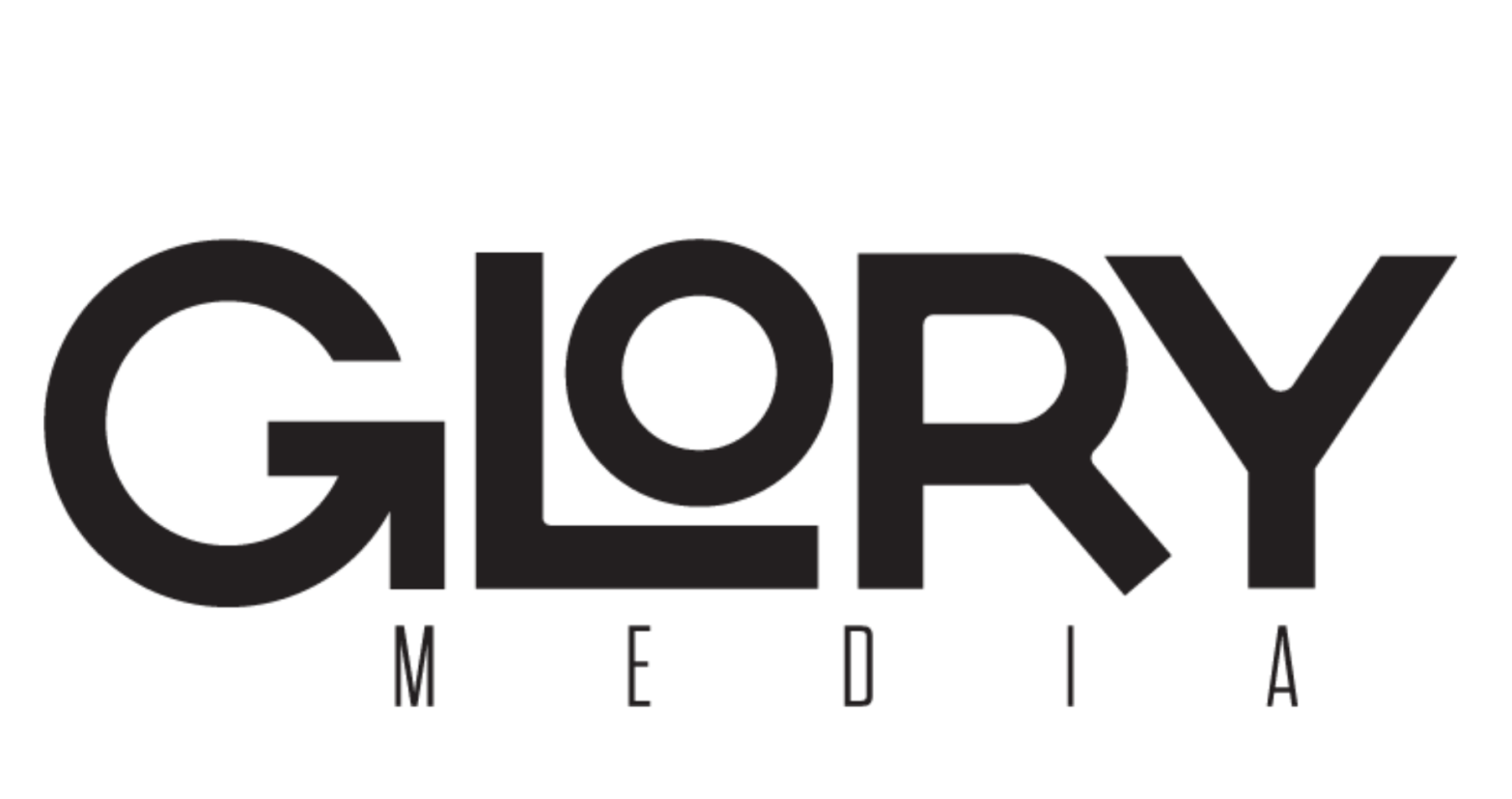
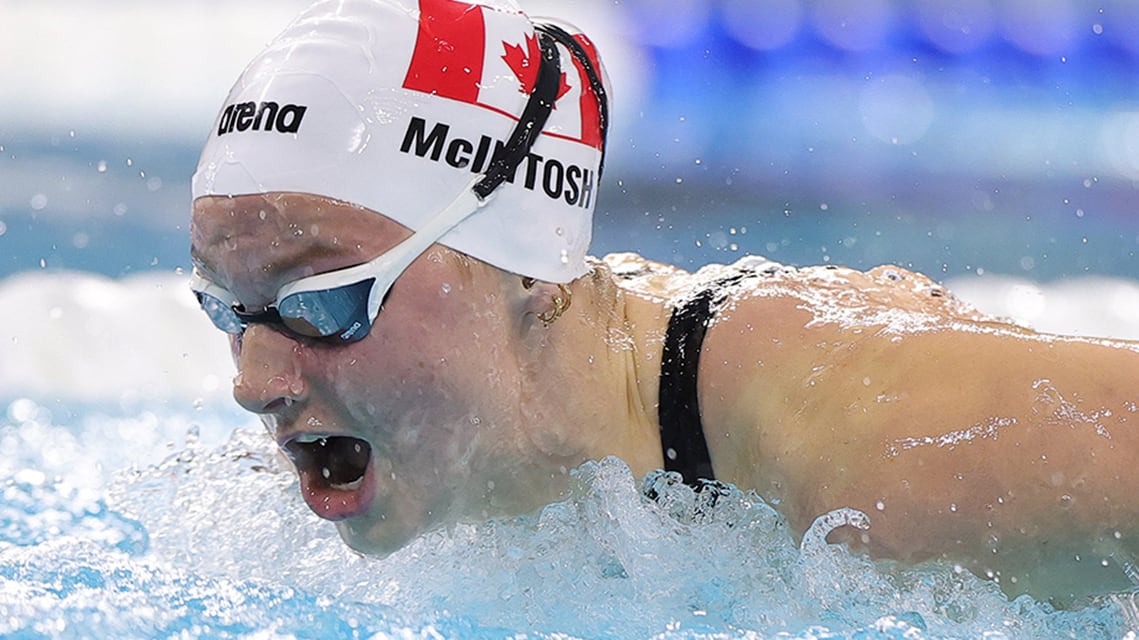
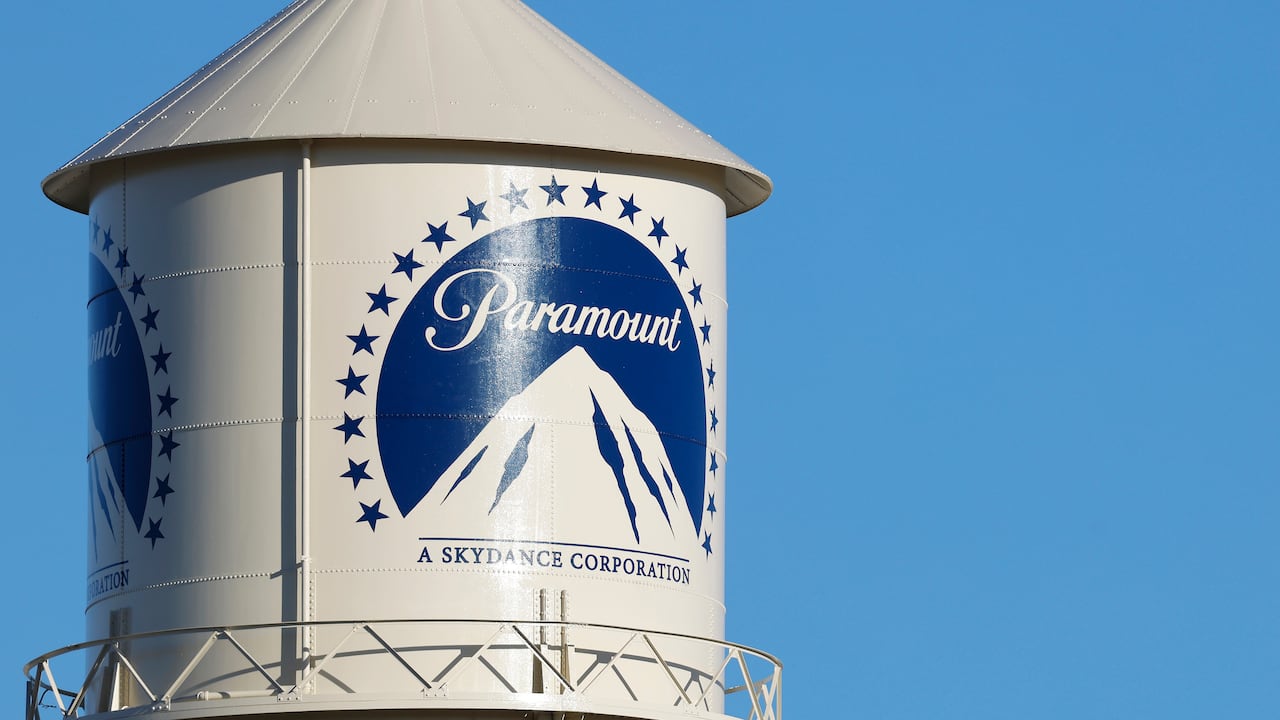
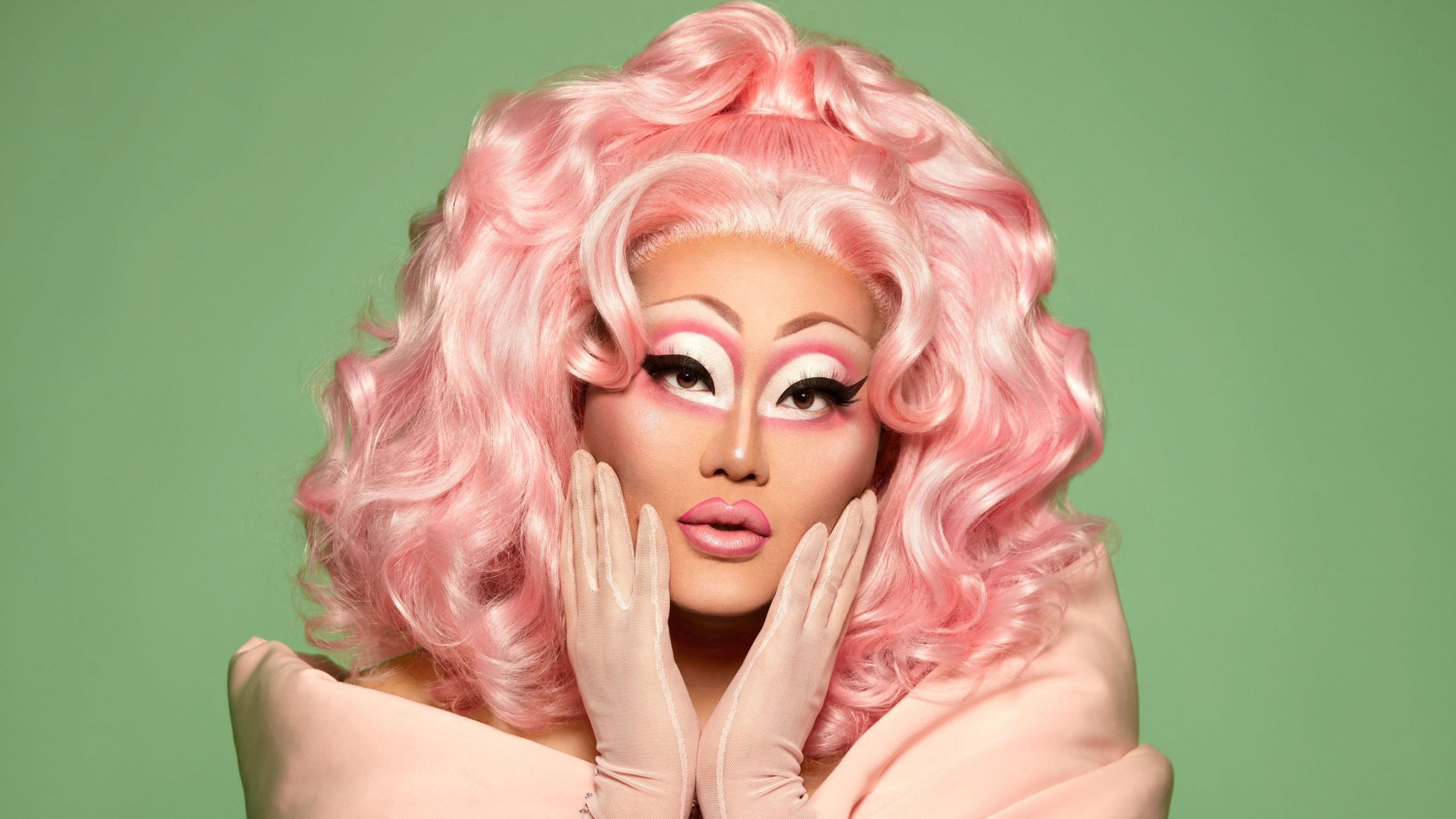
Leave a Reply